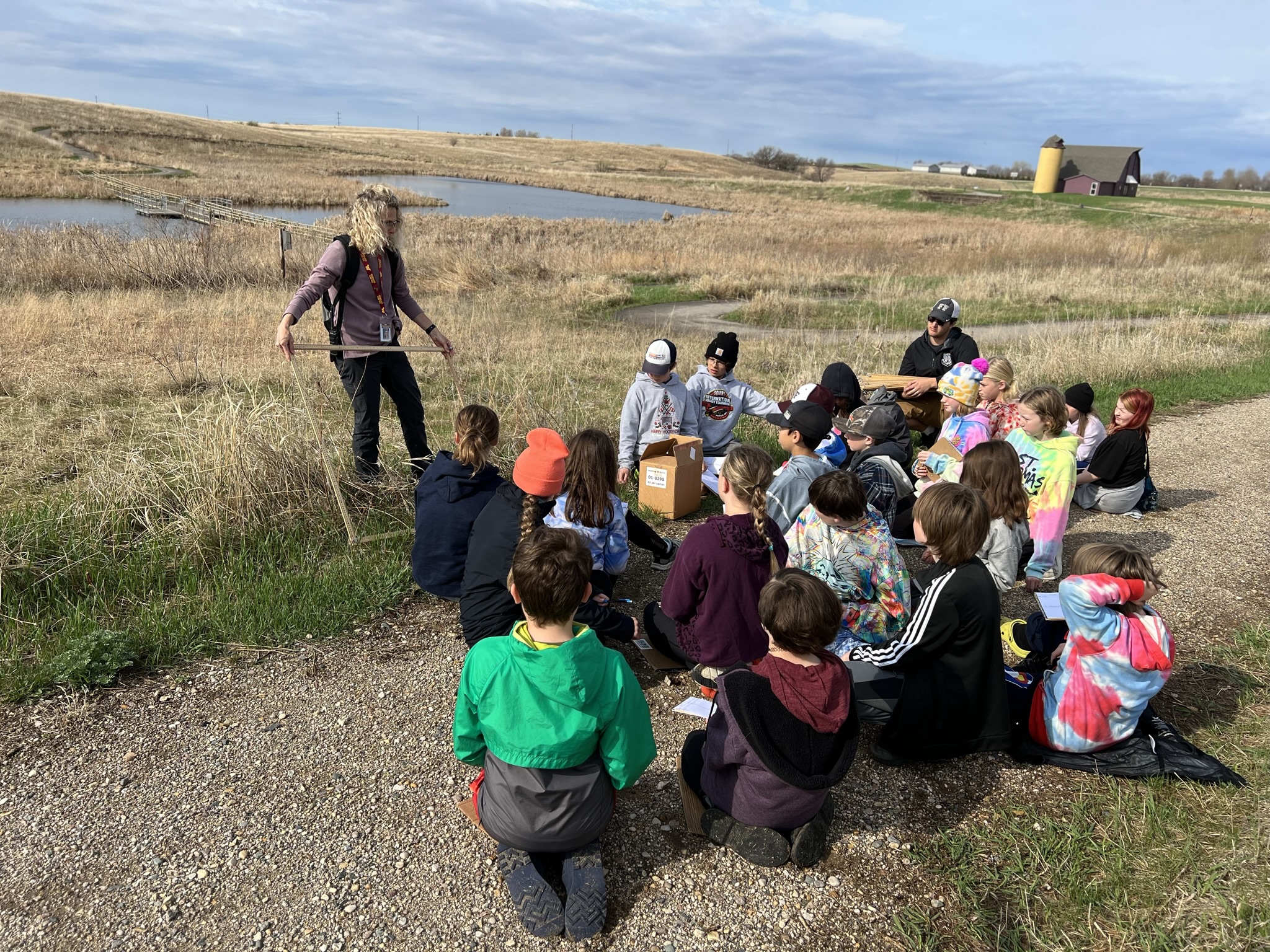Results are In
School Finance Inequities Increase After School Levy Elections
On November 7, 2023, 65 districts sought approval from their voters for General Obligation Bonds, Capital Project Levies or Operating Referendums.
One of the big inequities in Minnesota school finance is a district’s reliance on the Operating Referendum. MREA has had some success advocating for legislation to lessen the inequities through the creation of Local Optional Revenue (LOR). However, this revenue stream was not the total answer because many districts still need to rely on passing an Operating Referendum to provide quality education in their district. The simple fact is that some districts have an easier time of passing referendums than others, and the money involved is substantial.
This MREA map shows the districts who have Operating Referendums prior to the November 2023 election. The map shows that the median amount per district is $504/pupil. If we took out the 94 districts that have no operating levy authority the median number would jump to $739/pupil.
The results of the 31 questions on the November 2023 ballots throughout the state on Operating Referendums are as follows:
| Passed | Defeated |
| Alden-Conger | Brooklyn Center |
| Buffalo Lake- Hector-Stewart | Chisago Lakes |
| Columbia Heights | Crosby -Ironton |
| Eden Valley Watkins | Farmington |
| Gibbon Fairfax- Winthrop | Fisher |
| Howard Lake-Waverly-Winsted | Fillmore Central |
| Lakeville Q1 | Grand Rapids Q1 |
| Richfield | Grand Rapids Q2 |
| St. Anthony New Brighton | Inver Grove Heights Q1 |
| West St. Paul-Mendota Heights-Eagan | Inver Grove Heights Q2 |
| West Central Area | Lewiston Altura |
| Willmar | Lake Park Audubon |
| Mountain lake | |
| New Prague | |
| St. Francis | |
| Thief River Falls Q1 | |
| Thief River Falls Q2 | |
| Wadena -Deer Creek | |
| Lakeville Q2
|
There were 19 rural questions on Operating Referendums compared to 12 for Metro districts. Overall, 39% of district referendums passed while 61% failed. Removing the 7-county metro area, rural ballot questions had a pass rate of 37% compared to the metro district’s pass rate of 42%.
The General Obligation Bonds and the Capital Project Levies are together in the next list, but they are identified by category in the list (Bonds (B) and Capital Project Levies (CL)). Here’s how districts did this fall:
| Passed | Defeated |
| Adrian Q1 (CL) | Chisago Lakes (CL) |
| Adrian Q2 (B) | Clearbrook-Gonvick (B) |
| Battle Lake (B) | Deer River (B) |
| Bold (B) | Duluth Q2 (CL) |
| Browerville (B) | Grand Meadow Q2 (B) |
| Buffalo- Hanover- Montrose (B) | Grand Rapids Q2 (CL) |
| Clinton-Graceville-Beardsley (B) | Kerkhoven-Murdock Sunburg Q2 (B) |
| Columbia Heights Q2 (CL) | Lewiston-Altura Q2 (B) |
| Duluth Q1 (B) | Lewiston Altura Q 3 (B) |
| Goodridge (B) | Martin County West Q1 (B) |
| Gand Meadow Q1 (B) | Martin County West Q2 (B) |
| Hastings (CL) | Mankato Q2 (B) |
| Janesville-Waldorf-Pemberton (B) | Medford Q1 (B) |
| Kerkhoven-Murdock-Sunburg Q1 (B) | Medford Q2 (B) |
| Laporte (CL) | Montevideo Q1 (B) |
| Lac Qui Parle Valley (B) | Montevideo Q2 (B) |
| Mankato (B) | Pequot Lakes Q1 (CL) |
| Minnetonka (CL) | Pequot Lakes Q2 (B) |
| Minnewaska Q1 (CL) | Osakis Q1 (B) |
| Minnewaska Q2 (CL) | Osakis Q2 (B) |
| Osseo (B) | Rochester (CL) |
| Richfield (CL) | Russell-Tyler-Ruthton (B) |
| South Washington County Q1 (B) | Spring Grove Q2 (B) |
| South Washington County Q2 (B) | St. Francis (CL) |
| South Washington County Q3 (B) | Stewartville Q1 (B) |
| St. Anthony- New Brighton Q2 (CL) | Stewartville Q2 (B) |
| Spring Grove Q1 (B) | Thief River Falls Q2 (CL) |
| Stillwater (B) | Wadena-Deer Creek Q2 (B) |
| Wabasha Kellogg (B) | |
| Wayzata (CL) | |
| West Central Area Q2 (CL) | |
| Westonka Q1 (CL) | |
| Westonka Q2 (B) | |
| West St. Paul-Mendota Heights Eagan (CL) | |
| Willmar Q2 (B)
|
There were 47 rural ballot questions compared to 15 metro questions on Bonds/Capital Project Levies. Throughout the state, the Bonds/Capital Levies passed at a rate of 56%.
There was a significant difference between metro districts and rural districts in this list. Rural districts had a pass rate of 50% while metro districts passed their Bonds/Capital Levies at an amazing rate of 91%. If we break out the bonds from the capital levies, the statewide numbers are as follows: Bonds passed at a rate of 52%, and Capital Project Levies passed at a rate of 65%.
There had been a trend of rural districts passing bonds at a higher rate than metro districts in the last couple of election cycles. This election showed a much higher pass rate in the metro than rural districts.
In the weeks to come, we hope to learn more from our rural members about what worked and what didn’t work during this election season. Legislators will be curious as well to know what happened, especially as MREA continues to advocate for Greater Minnesota districts by minimizing the funding gap and equalizing funding disparities. MREA is grateful for member districts who strive to provide a better learning environment for their students.





